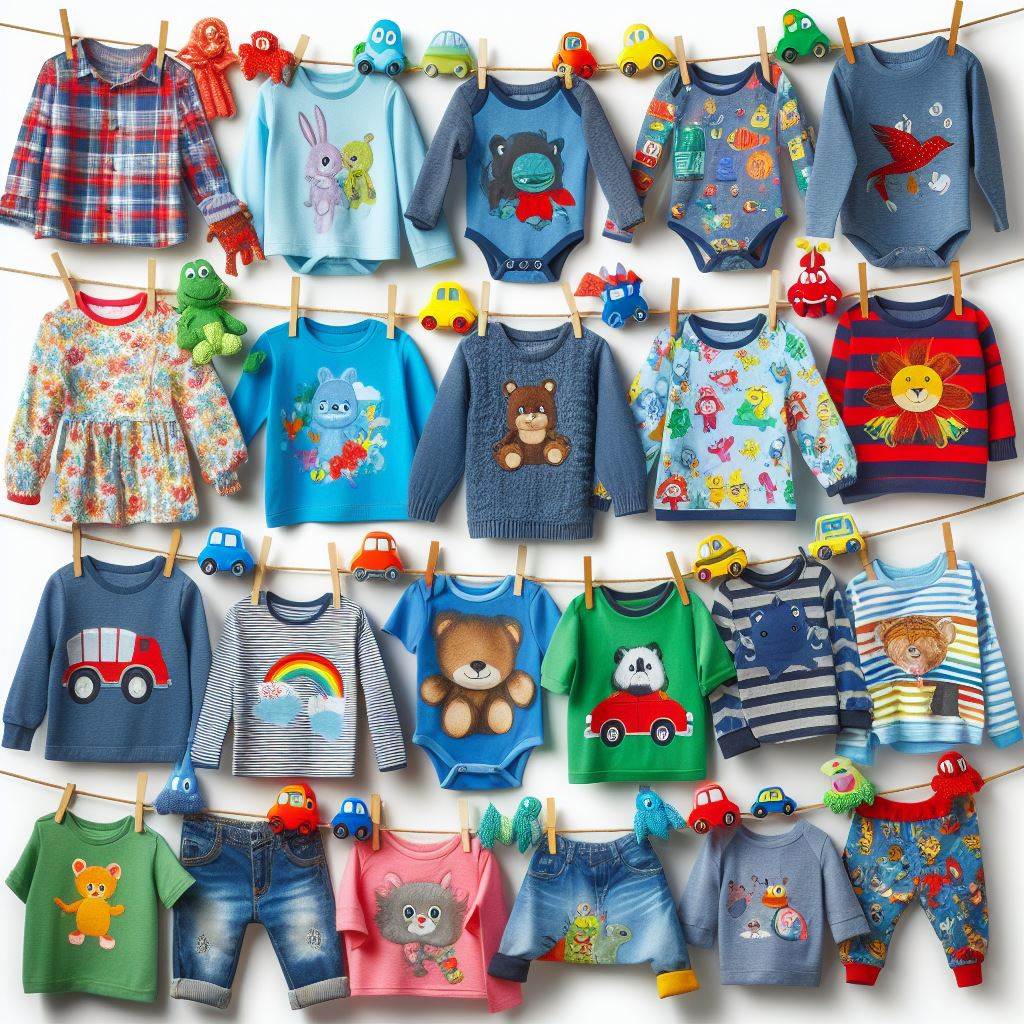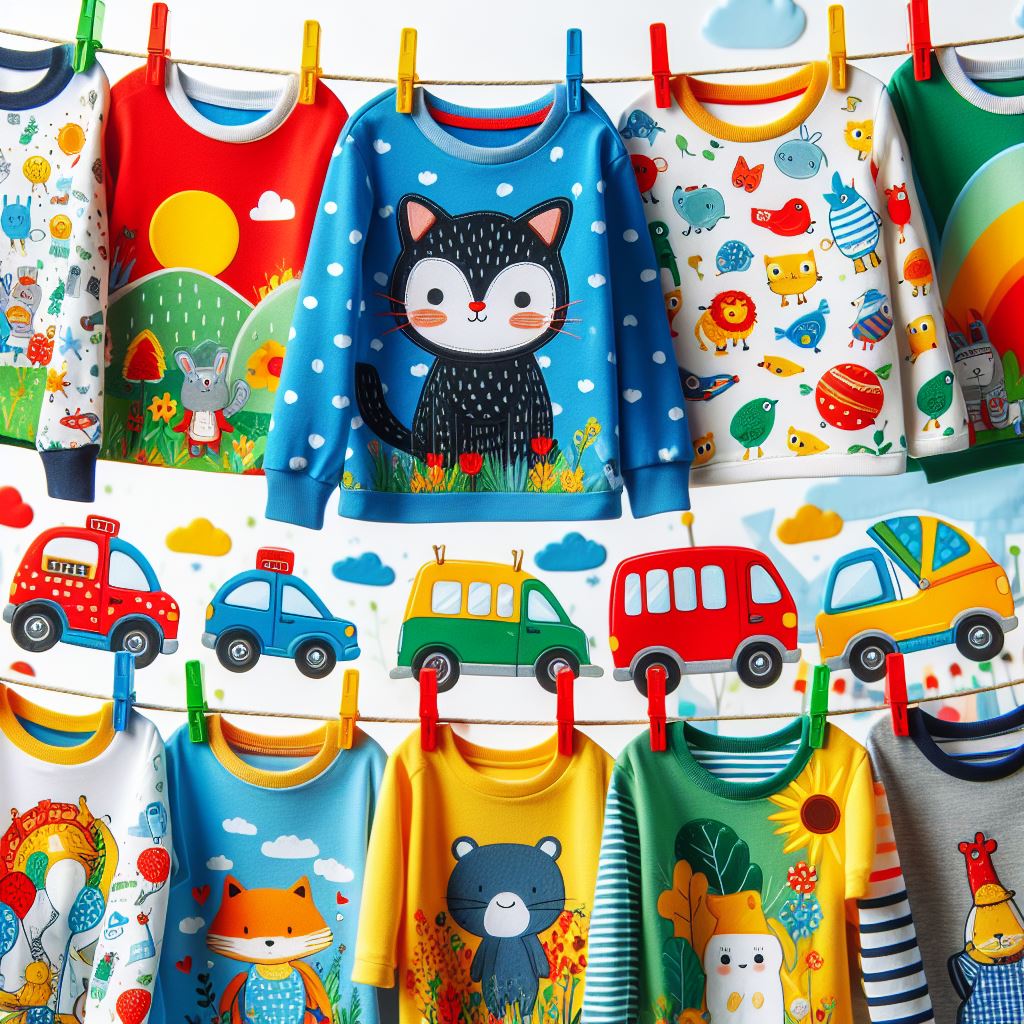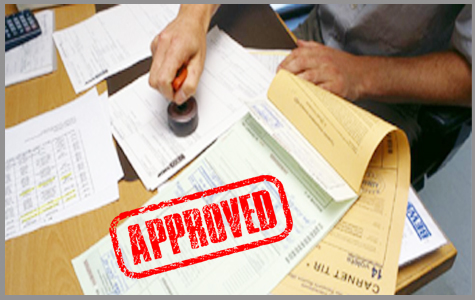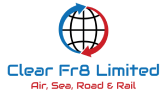Importing Childrens Clothing & Footwear A Comprehensive Guide
The United Kingdom is a diverse and thriving market for children's clothing and footwear. With a population of over 66 million people, there is a constant demand for high-quality clothing and footwear for children of all ages.
,
If you are considering importing children's clothing and footwear into the UK, it's essential to understand the intricacies of the process, including regulations, market trends, and logistics. In this comprehensive guide, we will explore the various aspects of importing children's clothing and footwear into the UK.
How to import childrens clothing and foorwear to the UK
Importing children’s clothing and footwear into the UK can be a complex process, but with the right knowledge and preparation, it can be done smoothly. In this article, we will discuss the various aspects of importing children’s clothing and footwear into the UK, including customs regulations, safety standards, labeling requirements, trade agreements, import licenses, and documentation.
Firstly, it is important to understand the customs regulations for importing children’s clothing and footwear into the UK. According to the UK Global Tariff (UKGT), all goods imported into the UK are subject to customs duties unless the country of origin has a trade agreement with the UK or an exception applies. The rate of customs duty will depend on the type of goods and their total value. For example, according to a web search result 1, adult clothing is subject to a 12% customs duty while children’s clothing is also subject to a 12% customs duty. Footwear is subject to a 16% customs duty.
In addition to customs duties, imported goods may also be subject to import VAT. Import VAT is calculated on the total value of the goods plus any customs and excise duty due and is charged at the current UK VAT rate. However, according to a web search result 2, supplies of children’s clothing or footwear can be zero-rated for VAT if they meet certain conditions. These conditions include being an article of clothing or footwear, not being made of fur, being designed for young children only, and being suitable for young children.
When importing children’s clothing and footwear into the UK, it is also important to ensure that the products meet relevant safety standards. According to a web search result 3, there are two main standards that cover the safety of children’s clothing in Europe: EN 14682 –Safety of Children’s Clothing – Cords and Drawstrings on Children’s Clothing – Specifications; and CEN/TR 16792 – Safety of Children’s Clothing – Recommendations for the Design and Manufacture of Children’s Clothing – Mechanical Safety.
In addition to meeting safety standards, imported children’s clothing and footwear must also comply with labeling requirements. According to a web search result 4, footwear labels must show what material makes up 80% of the surface area of the upper, lining and sock, and outer sole. Where multiple materials are used, the two main materials in the composition of the footwear must be shown. For clothing, there are specific labeling requirements for certain types of garments such as children’s nightwear which must satisfy flammability requirements specified in British Standard 5722 5.
The UK has trade agreements with many countries that can affect the importation of children’s clothing and footwear. According to a web search result 6, as an independent trading nation, the UK now has over 70 trade agreements in place. It is important to check if there is a trade agreement between the UK and the country from which you are importing goods as this can affect customs duties and other import requirements.
When importing children’s clothing and footwear into the UK, you may need an import license or certificate for your goods. According to a web search result 7, you can check if you need a license or certificate for your goods by following the step-by-step guide on importing goods into the UK provided by GOV.UK.
In conclusion, importing children’s clothing and footwear into the UK requires knowledge of customs regulations, safety standards, labeling requirements, trade agreements, import licenses, and documentation. By understanding these aspects of importing goods into the UK and following the relevant guidelines and procedures, you can successfully import children’s clothing and footwear into the country. It is always advisable to seek professional advice if you are unsure about any aspect of importing goods into the UK. I hope this information helps! Let me know if you have any further questions.


DOCUMENT REQUIREMENTS
- Certificate of Origin
- Bill of Lading
- Packing List
- Commercial Invoice
- Customs Clearance

